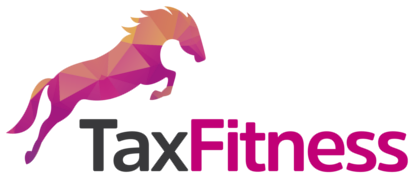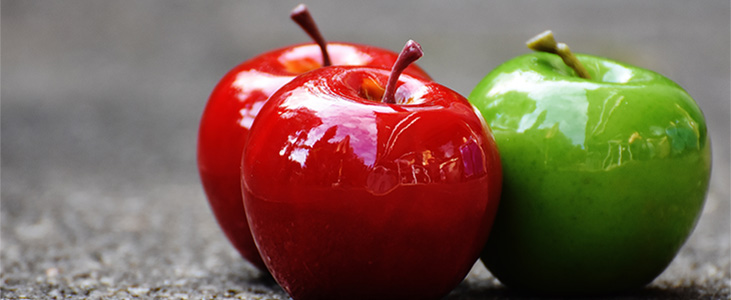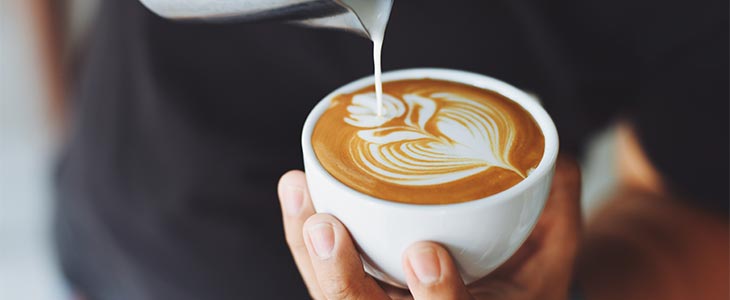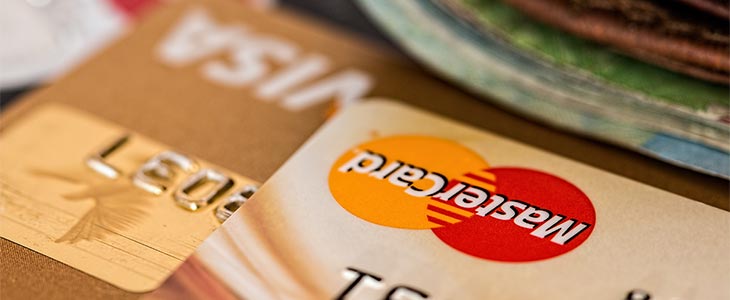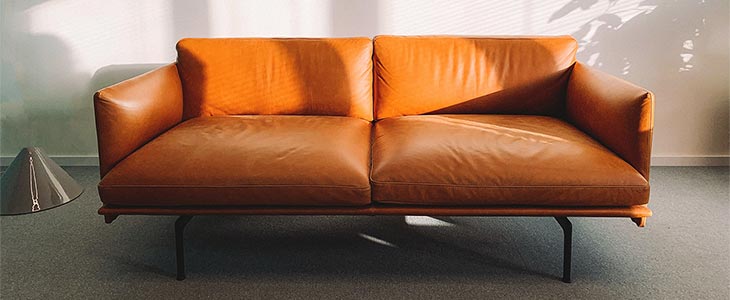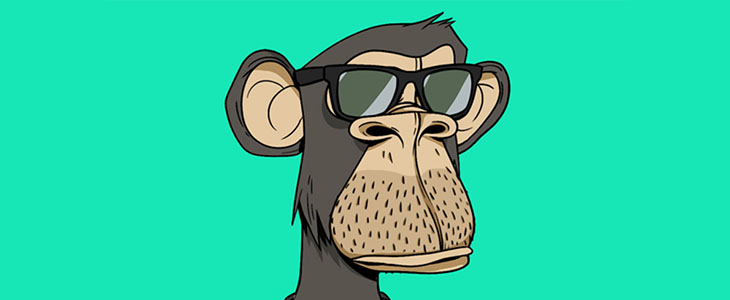Investing, although riskier than cash, can create wealth over the long term with a strategic investment plan. Implementation and Cost Calculate your net worth using a net worth calculator. Figure out your short-term, medium, and long-term financial goals (e.g., retiring with a $1000,000 investment portfolio). Understand the risks of investment and consider your risk tolerance.…
Read More »Many of us have credit card debts that we never seem to pay off. We intend to borrow the money for short term purchases but, the debt grows until the principal becomes long-term debt. We are far better off having long term debt in our mortgage as the interest rate is often significantly lower. Implementation…
Read More »We don’t want to hear it but spending less consistently over time is key to growing wealth. Cut out the spending sprees, comfort shopping and jet skis. Make your coffee and bring lunch to work occasionally. Implementation and cost Don’t go overboard – Your spending limits need to be sustainable over the long run. Use…
Read More »This strategy is a simple and effective method to retire with 1 million dollars on an average wage. The key is consistency. Implementation and cost If you are young and can manage to put $200 into a savings account every week earning interest compounded monthly (average 4% interest over your working life 40 years), you…
Read More »Work smarter, not harder by pre-planning, organising, and dividing your daily tasks into an effective time management strategy. High achievers are generally expert time managers. Managing your time well will lead to better productivity and efficiency whilst reducing stress, allowing you to increase your net worth and create new life opportunities. Implementation and cost Change…
Read More »How many cards and bank accounts do you have? We often have more bank accounts than we need, complicating our finances, reducing synergies, and increasing our fees. Implementation and cost Do an audit of your bank accounts and fees. Consolidate your accounts into a single bank with singular accounts (e.g. 1 checking account, 1 credit…
Read More »Reminders are a great way to ensure you do not miss expiring contracts such as insurance, utility bills, subscriptions, and registrations. Setting reminders for expiring contracts has two financial benefits: If you miss an expiring contract such as car insurance, you might drive your car unaware that you are no longer insured. An accident could…
Read More »Whether an owner or renter, if you have a room in your house or apartment that you can sublet, you could significantly reduce your monthly rental or mortgage payments. A sublease is when a tenant wants to give a third party (known as the subtenant) rights to rent all or part of their rental property…
Read More »If you are looking to make big-ticket purchases like a new car or equipment for your business, be strategic about when you buy. Waiting until EOFY sales can often result in significant savings on purchases. Implementation and cost Decide whether the purchase needs to be immediate. If the purchase can wait, hold off until…
Read More »Underpayment can significantly impact your personal finance over your career. For example, if you are underpaid by just $50 per week for 50 years, you lose out on $130,000. Assuming you placed that $50 in a savings account earning an average of 5% compounded monthly, you’re looking at $578,814. That is over half a million…
Read More »"You’d be stupid not to try to cut your tax bill and those that don’t are stupid in business"
- Bono: U2
